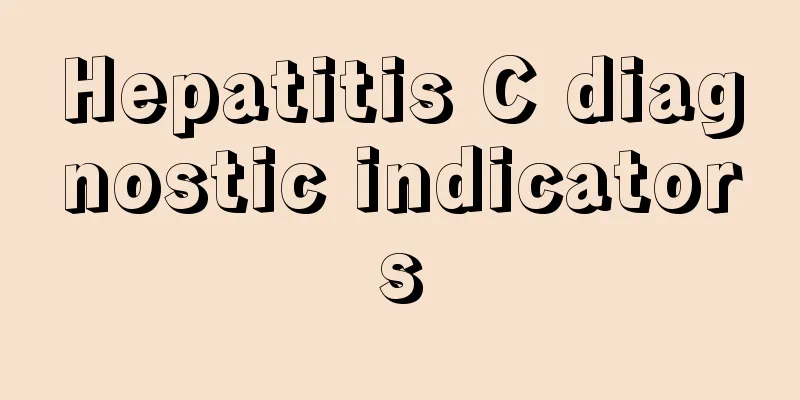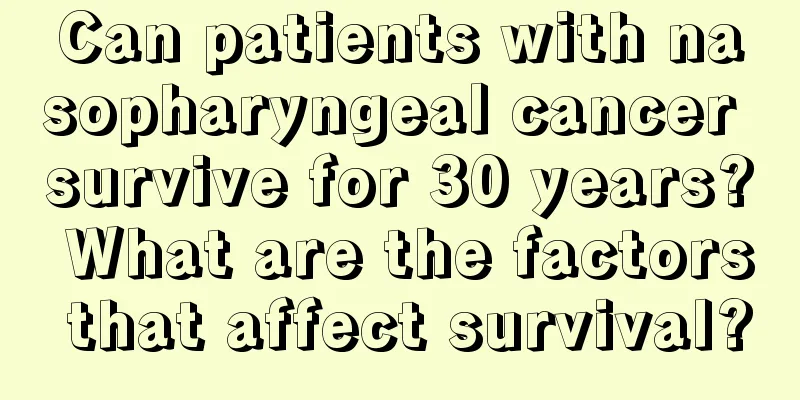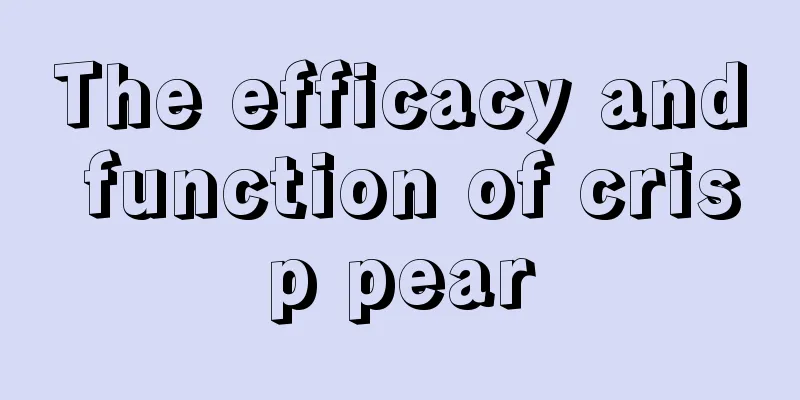Hepatitis C diagnostic indicators

|
Hepatitis C virus belongs to the genus Flavivirus, a single-stranded positive-sense RNA virus with a total length of 9500bp, encoding structural proteins and core proteins. The markers for diagnosing HCV infection are positive HCV-RNA, anti-HCV IgM and anti-HCV IgC. The appearance of antibodies against the former can be used for early diagnosis, usually appearing 2 to 4 days after onset and reaching a peak in half a month. Positive antibodies against the latter indicate that infection has occurred, but are not an early indicator. 1. Acute hepatitis C Acute hepatitis C in adults is relatively mild. Most cases are acute non-icteric hepatitis with elevated ALT levels, while a few are acute icteric hepatitis with mild or moderate jaundice. Symptoms such as nausea, loss of appetite, general weakness, yellow urine and yellow eyes may occur. HCV infection alone rarely causes liver failure. Under natural conditions, only 15% of patients can spontaneously clear HCV and achieve recovery. Without antiviral treatment intervention, 85% of patients will develop chronic hepatitis C. After children are acutely infected with hepatitis C virus, 50% can spontaneously clear HCV. 2. Chronic hepatitis C The symptoms are mild and manifest as common symptoms of hepatitis, such as fatigue, poor appetite, abdominal distension, etc. There may also be no subjective symptoms. The ALT test results fluctuated repeatedly and HCVRNA remained positive. One-third of chronic HCV-infected patients have normal liver function, with persistent positivity for anti-HCV and HCV RNA. Liver biopsy may reveal signs of chronic hepatitis and even cirrhosis. 3. Cirrhosis After 20 to 30 years of HCV infection, 10% to 20% of patients may develop cirrhosis, and 1% to 5% of patients will develop hepatocellular carcinoma (HCC) and die. Once cirrhosis decompensates, such as jaundice, peritoneal effusion, varicose vein bleeding, hepatic encephalopathy, etc., the survival rate drops sharply. 2. HCV-RNA That is, the RNA of the hepatitis C virus, which is the genetic material of HCV and a direct indicator of HCV infection in the body. Currently, the PCR method can be used to directly detect HCV-RNA in the blood and can be used for early diagnosis of HCV infection. Because it appears earlier than hepatitis C antibodies, it is a useful indicator for the etiological diagnosis of hepatitis C and for determining its infectiousness. In short, for patients suspected of hepatitis C who have typical clinical manifestations and whose onset is closely related to blood transfusion and blood products, and who have ruled out other hepatitis, further tests for HCV-RNA and anti-HCV can be conducted. If both HCV-RNA and anti-HCV are positive or HCV-RNA alone is positive, hepatitis C can be confirmed. |
<<: Can I smoke if I have Hepatitis C
>>: There are several types of hepatitis C
Recommend
What are the benefits of chlorophyll to the human body
Everyone may know that chlorophyll plays an indis...
What is the reason for a small lump of flesh inside the vagina?
The vagina is the female reproductive organ. It i...
10 early symptoms of pancreatic cancer
Pancreatic cancer is a highly lethal malignant tu...
The efficacy and function of Artemisia selengensis
Mugwort is a relatively common plant in our daily...
Can ultrasound detect liver cancer? What should be noted when detecting liver cancer by ultrasound?
The liver is a very important organ in our body. ...
What to do if you have night sweats
In daily life, when the temperature is high or af...
What kind of wood is best for cutting boards? I recommend bamboo.
There are various materials for cutting boards in...
What is the reason for sagging buttocks
Buttock sagging is also a common type of rectal p...
Late-stage symptoms of nasopharyngeal carcinoma that need everyone's attention
In real life, if nasopharyngeal cancer patients k...
How to effectively treat colorectal cancer
With the advancement of science and human develop...
Where is the location of hemorrhoids
Many people feel some discomfort in their anus, b...
Blood pressure rises after liver cancer interventional treatment? This may be the reason
Liver cancer includes metastatic and primary type...
The difference between cardia cancer and gastric cancer
Although both gastric cancer and cardia cancer ar...
Fruits that damage the kidneys
As we all know, fruits are rich in vitamins and m...
What causes nausea easily
If you are prone to nausea, the first thing you s...









